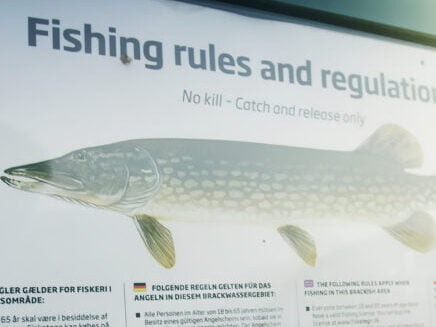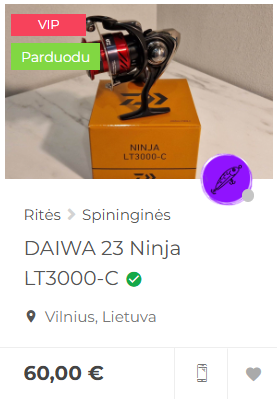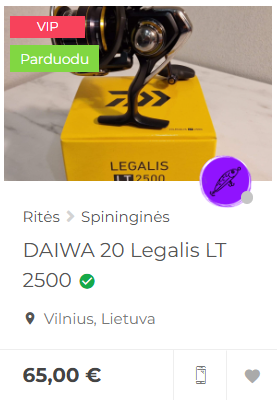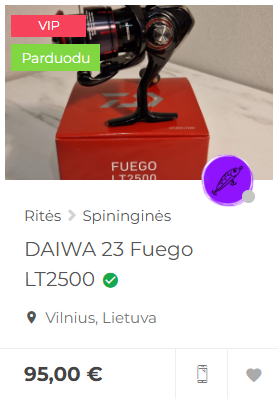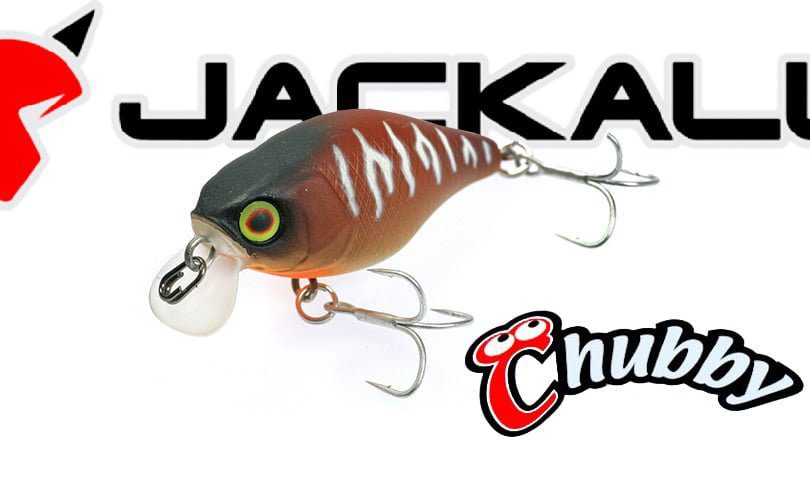During the early history of fishing, people caught fish freely and without any restrictions. However, with the ever-increasing fishing activities and technological advances, the exploitation of fish stocks has started to become a serious challenge. Therefore, it was necessary to introduce fishing regulations and fish size limits to maintain sustainability and protect fish stocks.
Another important reason is the fight against illegal fishing. Fishing regulations and legal fish sizes help prevent illegal unregulated fishing. Such rules help protect fish stocks from depletion and ensure that fishing is conducted legally and responsibly.
After all, fishing regulations and fish sizes are aimed at the long-term conservation of fish stocks, ecosystem health, sustainable fishing activities and protection against illegal fishing. Only by following these rules can we ensure that future generations and our ecosystems can enjoy fish and sustainable fishing.
Fishing Rules. Permissible Fish Sizes
Permissible fish sizes in Lithuania
11.3.1. catfish (Silurian glans) 75 cm;
11.3.2. salmon (Salmo salar) 65 cm;
11.3.3. slag (Salmo trutta trutta) 65 cm;
11.3.4. salad (Aspius aspius) 55 cm;
11.3.5. burdock root (Lotta lotta) 45 cm;
11.3.6. mustache (Beard beard) 45 cm;
11.3.7. fertilizer (Sander lucioperca), less than 50 cm and greater than 65 cm from 2024;
11.3.8. pike (Esox lucius), less than 50 cm and greater than 80 cm from 2024;
11.3.9. groin (Thymallus thymallus) 30 cm;
11.3.10. brown trout (Salmo trutta fario) from 2024 it is forbidden to take any size;
11.3.11. shad (Leuciscus cephalus) 30 cm;
11.3.12. girls (Leuciscus idus) 30 cm;
11.3.13. rope (Tinta tinta) 25 cm;
11.3.14. carp (Cyprinus carpio) 40 cm;
11.3.15. white carp (Ctenopharyngodon idella) 40 cm;
11.3.16. mottled broadbills (Artistichtys nobilis) 40 cm;
11.3.17. narrow forceps crayfish (Astacus leptodactylus) 10 cm.
Catching these fish and crayfish is prohibited during these periods
11.4.1. pike (Esox lucius) from February 1. until April 30;
11.4.2. fertilizer (Sander lucioperca) from March 1 until May 31;
11.4.3. salad (Aspius aspius) from April 1 until May 15;
11.4.4. groin (Thymallus thymallus) from March 1 until May 15;
11.4.5. brown trout (Salmo trutta fario) from October 1 until December 31;
11.4.6. when (Coregonus lavaretus) from October 1 until December 31;
11.4.7. burdock root (Lotta lotta) from December 15 until January 31;
11.4.8. grubs (Vimba vimba) from May 15 until June 15;
11.4.9. narrow pincers crayfish from October 15. until July 15;
11.4.10. bream (Abramis brama) from April 20 until May 20 in water bodies located in the territory of the Nemunas Delta Regional Park (except for bream fishing in polders);
11.4.11. catfish (Silurus glanis) from November 1 until April 1
11.4.12. eel (Anguilla anguilla) in the Curonian Lagoon.
12. Caught fish and crayfish smaller than the limit and fish that are prohibited to be caught or are currently prohibited to be caught must be immediately released back into the same body of water.
13. In the Vilnia River from the mouth to the Rokantiškii dam and in Žeimena from the mouth to the Lakaja mouth, it is mandatory to release all caught bream, brown trout, salmon and smolt.
14. All prohibitions specified in points 10 and 11 are valid both on the first and last day of the specified term. When the first day of insurance is a weekend or a public holiday, the insurance becomes effective the day after the weekend or public holiday. The insurance is not valid on the last day of insurance if it is a weekend or public holiday.
